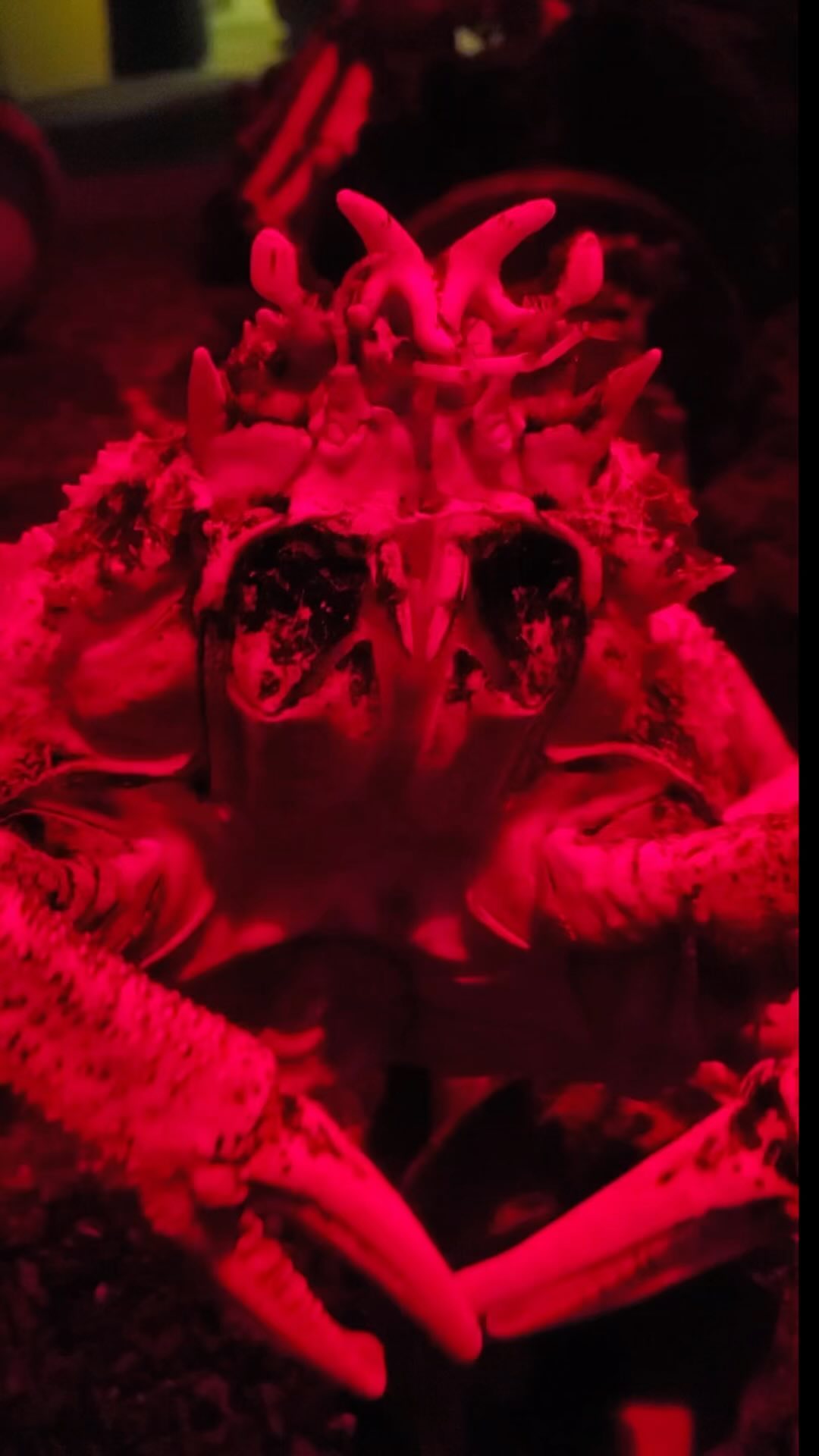– Lifespan and biology of Japanese spider crabs
– Habitat and ecological role of Japanese spider crabs
– Challenges and conservation efforts for Japanese spider crabs
– The importance of zoo management in species conservation
– The role of public education in supporting wildlife conservation
Japanese spider crabs, also known as Macrocheira kaempferi, are marine marvels with an impressive lifespan of up to a century. Found in the waters off Japan, these arthropods have adopted a rather slow-paced lifestyle in the deep sea, contributing to their remarkable longevity. Understanding their biology and potential longevity extends far beyond curiosity—it’s a compelling glimpse into the perseverance of life under the sea.
These crabs are the largest known arthropods, with their noteworthy leg spans reaching up to 3.8 meters. They inhabit the deep waters of the Pacific Ocean, primarily in the vicinity of Japan. Their size is not the only fascinating aspect; their peculiar appearance also includes a hard exoskeleton that provides protection from predators and a pair of front appendages equipped with claws used for hunting and defense.
Japanese spider crabs exhibit various behaviors that reveal an intricate balance between adaptation and survival. They are scavengers, primarily feasting on dead animals and plant matter, which contributes to the cleanliness of the ocean’s ecosystems. As they mature, they migrate deeper into the ocean, where the calmer environment allows for extended lifespans.
Crucial to the survival of Japanese spider crabs is their habitat—cold, deep waters that provide them with ample sustenance and refuge from predators. These regions of the ocean offer stable conditions where temperature and salinity remain relatively constant. This stability is essential for their long developmental periods and contributes to their slow growth rates, indicative of species that often live for decades.
The longevity of these crabs is intrinsically linked to their reproductive cycle. Females carry their fertilized eggs for months before they hatch, releasing tiny larvae into the water. These larvae must undergo several stages of transformation before reaching adulthood, which can take several years. This slow maturation rate is typical of many marine organisms with elongated life expectancies.
While Japanese spider crabs can be found in deep waters, they are not immune to human influence. Overfishing and environmental degradation pose significant risks to their populations. Bycatch, the capture of non-target species by fishing operations, is an ongoing threat as these crabs inadvertently get caught in nets and traps intended for other marine life.
Conservation efforts for these iconic crabs must focus on sustainable fishing practices and habitat preservation. Protected marine areas are crucial in safeguarding breeding grounds and ecosystems vital to the crab’s life cycle. Laws and regulations that limit fishing methods and catch quotas can help prevent overexploitation and ensure that Japanese spider crabs remain part of marine biodiversity.
Zoo management plays a foundational role in conservation, especially for species such as the Japanese spider crab, whose natural habitats are challenging to access. Zoos offer a controlled environment where these animals can be studied in detail, providing insights into their behavior and physiological needs. This research can inform in-situ conservation methods and improve the species’ chances of survival in the wild.
Zoos also serve as conservation ambassadors to the public. On-site exhibits and educational programs are vital for raising awareness about marine species and the importance of ocean conservation. Through interactive displays and experiential learning, the public can gain an appreciation for creatures like the Japanese spider crab and understand their roles in healthy marine ecosystems.
Public education is paramount to the success of wildlife conservation efforts. Knowledgeable citizens are more likely to support policies that favor environmental stewardship and take personal actions that minimize harmful impacts on marine life. Conservation campaigns and outreach initiatives can leverage social media, documentaries, and community programs to spread awareness and inspire collective action to protect marine biodiversity.
As we envision the seas of 2124, it seems plausible that the Japanese spider crabs of today, with their astonishing life expectancy, could still be navigating the depths. Their graceful longevity reminds us of the shared responsibility to maintain the health and diversity of our oceans. The continued existence of these ‘CRAB-ulous creatures’ is a testament to the effectiveness of our collective conservation efforts and a beacon of hope for future generations.
In sum, the lifecycle and survival of the Japanese spider crabs provide us with a unique opportunity to study an extraordinary marine species. They encourage us to enhance our understanding of deep-sea life and the necessity of conserving these vital ecosystems. Their significant life expectancy inspires fascination and highlights the undeniable connection between human activities and the endurance of marine populations. With dedicated conservation efforts, informed zoo management, and active public education, Japanese spider crabs can continue to thrive for another century, ensuring their captivating presence in the oceanic world is a source of wonder and ecological balance.
*****
Source Description
These Japanese spider crabs could be crawling around in the year 2124! These CRAB-ulous critters have a life expectancy of up to 100 years. 🦀
•
•
•
class=”instagram-media” data-instgrm-permalink=”https://www.instagram.com/reel/C5V7_P9rGY3/” data-instgrm-version=”14″ style=” background: border:0; border-radius:3px; box-shadow:0 0 1px 0 rgba(0,0,0,0.5),0 1px 10px 0 rgba(0,0,0,0.15); margin: 1px; max-width:540px; min-width:326px; padding:0; width:99.375%; width:-webkit-calc(100% – 2px); width:calc(100% – 2px);”>

